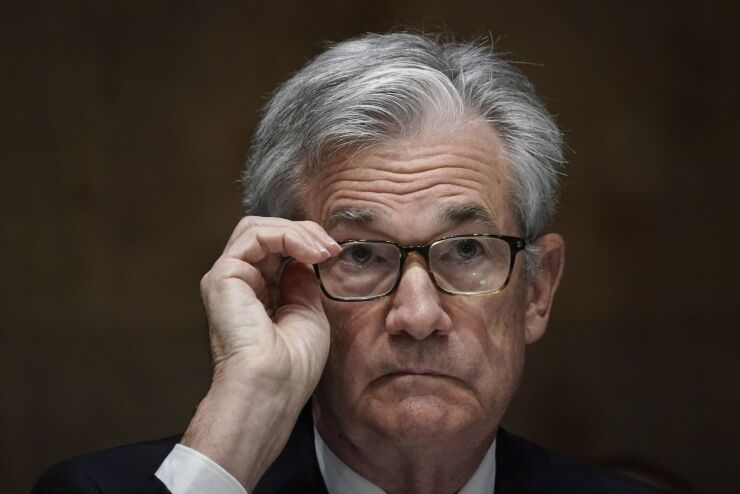WASHINGTON — The Federal Reserve is lowering the minimum loan size for its middle-market business rescue program by more than half to make the program more available to smaller businesses.
The central bank said Friday that small businesses seeking credit from the Main Street Lending Program can access loans as small as $100,000, down from the previous cutoff of $250,000, and that fees will be adjusted accordingly.
The $600 billion program, which is funded by the Fed and the Treasury Department through the Coronavirus Aid, Relief and Economic Security Act, is available to businesses with fewer than 15,000 employees or less than $5 billion in annual revenue.
The Fed started purchasing majority stakes in loans in early July, but interest in the program has been slow. To date, the Fed has purchased just 400 loans worth $3.7 billion — a fraction of the program’s size.

This is the third time the Fed is lowering the minimum loan size of the program. The original cutoff was $1 million, which was then lowered to $500,000 and then later to $250,000.
Fed Chairman Jerome Powell
“The current facility would not work for much smaller loans,” Powell said at a congressional hearing last month. “We’d have to start a new facility that had much less protection for the taxpayer.”
But the Fed has faced criticism from lawmakers, community groups and community bankers that Main Street was ill-suited for smaller businesses. Less than 15% of the Main Street loans that the Fed had purchased as of Oct. 8 were
Effective Friday, lenders won’t be required to pay a transaction fee for loans meeting the program’s terms that are less than $250,000, which could encourage banks to originate these smaller loans. The Fed, through its special-purpose vehicle, will also pay lenders 50 basis points per year for servicing loans less than $250,000.
Borrowers, meanwhile, will pay lenders an origination fee of up to 2% of the value of the loan. Borrowers taking out loans worth more than $250,000 pay lenders an origination fee of up to 1% of the amount of the loan.
The Fed also issued an updated frequently-asked-questions document clarifying that loans made through the Small Business Administration’s Paycheck Protection Program worth less than $2 million can be excluded from the calculation of total debt. The amount of a company's outstanding debt helps determine what loan size it qualifies for in the Main Street program.
The amount of a loan a business can get from the Main Street program is determined using a company’s EBITDA as a metric, which some critics said effectively disqualified smaller businesses.
In a September Fed survey, bankers
The Fed will stop purchasing loans through the program at the end of the year, unless the Fed and Treasury decide to extend it.





